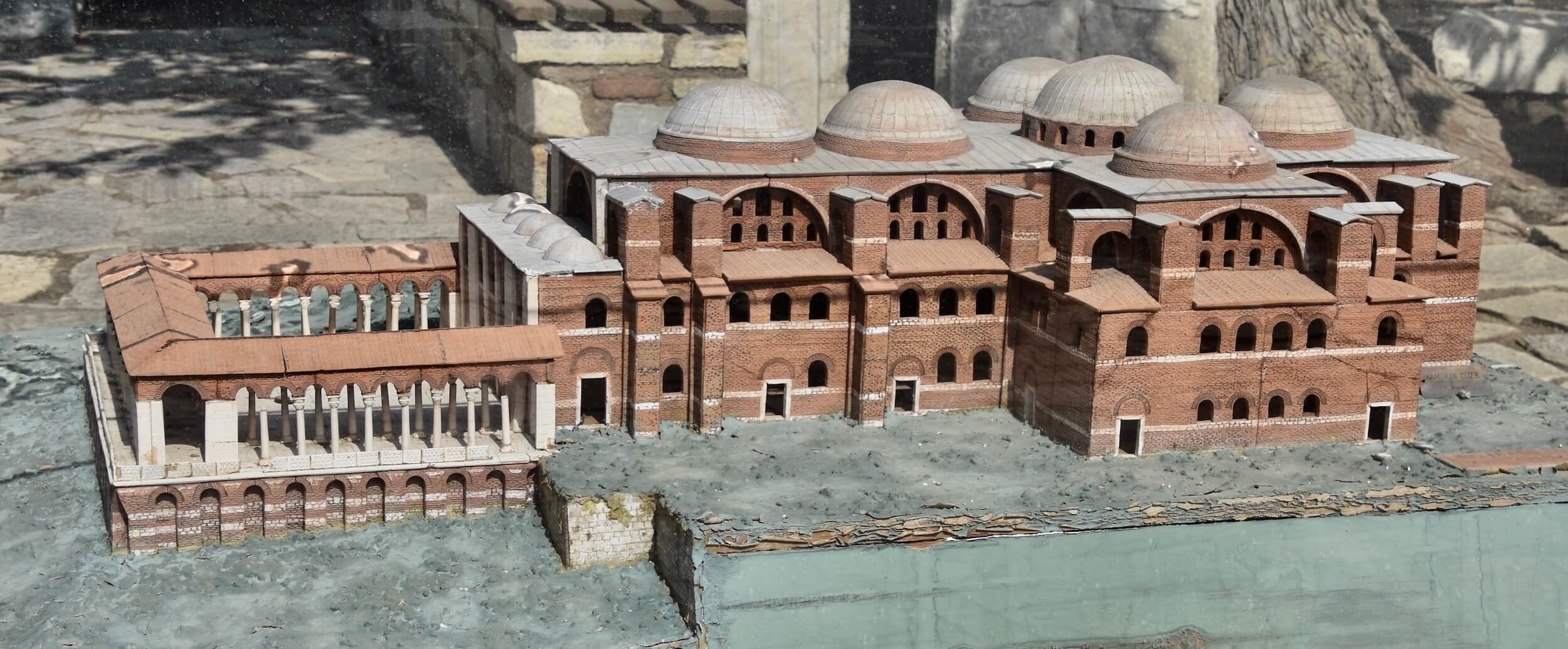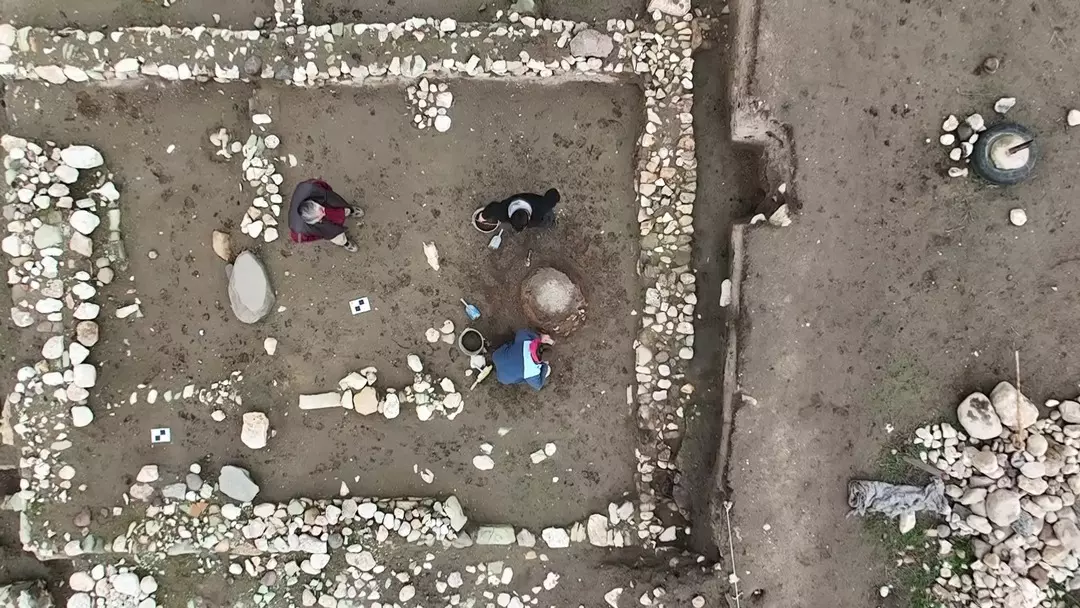From Domes to Minarets: How Roman Architecture Shaped Islamic Design
The visual similarities between Orthodox churches and mosques often spark curiosity and intrigue, leading many to ponder the historical connections between these architectural styles. This architectural convergence is not merely a coincidence but a testament to the rich, intertwined histories of different civilizations. Byzantine architecture, with its grand domes and intricate mosaics, drew heavily from Roman and Hellenistic innovations. As Islam spread and interacted with Roman culture, Islamic architects adopted and adapted these elements, giving rise to iconic mosques that reflect a shared heritage. This article delves into the fascinating journey of architectural influence from the ancient Greeks and Romans to the Byzantine and Islamic civilizations.
Roman and Hellenistic Foundations
Byzantine architecture did not develop in isolation. Its roots can be traced back to the architectural traditions of the Roman Empire, which itself was heavily influenced by Hellenistic principles from ancient Greece. Roman architects and engineers mastered the use of arches, vaults, and domes, creating iconic structures like the Pantheon with its vast, unsupported concrete dome. The Greeks had already laid the groundwork with their emphasis on proportion, symmetry, and the use of columns in structures such as temples and public buildings.
Byzantine Synthesis and Innovation
When the Byzantine Empire emerged from the Eastern Roman Empire, it inherited a rich architectural legacy. Byzantine architects synthesized and innovated upon these Roman techniques, resulting in distinctive ecclesiastical buildings characterized by large domes, extensive mosaics, and a focus on verticality and light. The Hagia Sophia, completed in 537 AD, stands as a monumental example of this architectural style, featuring a massive dome supported by pendentives—a technique that allowed for more open and spacious interiors.
The Spread of Islam and Architectural Exchange
As Islam spread across the Middle East and North Africa, it encountered the sophisticated architecture of the Byzantine Empire. Early Islamic architects, particularly those in the Umayyad Caliphate, admired and adopted many Byzantine techniques and styles. This exchange is evident in the Great Mosque of Damascus, where the use of domes, arches, and intricate mosaics reflect Byzantine influence.
The Ottoman Era and Architectural Transformation
The architectural dialogue continued with the rise of the Ottoman Empire. The Ottomans, who established their rule in 1299 and reached their peak by the 16th century, were keen students of Byzantine architectural traditions. A significant example of this cultural and architectural exchange is the transformation of the Hagia Sophia into a mosque in 1453. The Ottomans integrated Byzantine dome structures into their mosque designs, creating iconic silhouettes like those seen in the Blue Mosque in Istanbul. These structures feature multiple domes and semi-domes, reflecting the grandeur and spatial complexity of Byzantine prototypes.
Conclusion
The visual similarity between Orthodox churches and mosques is not simply a case of imitation. Instead, it reflects a complex historical evolution where Byzantine architecture, built upon Roman and Hellenistic foundations, profoundly influenced the development of Islamic architectural styles. Byzantine designs, characterized by their domes and intricate mosaics, were adopted and adapted by Islamic civilizations, leading to the beautiful and grandiose mosques we see today. This architectural legacy underscores the interconnectedness of cultures and the enduring influence of early innovations on subsequent generations.










